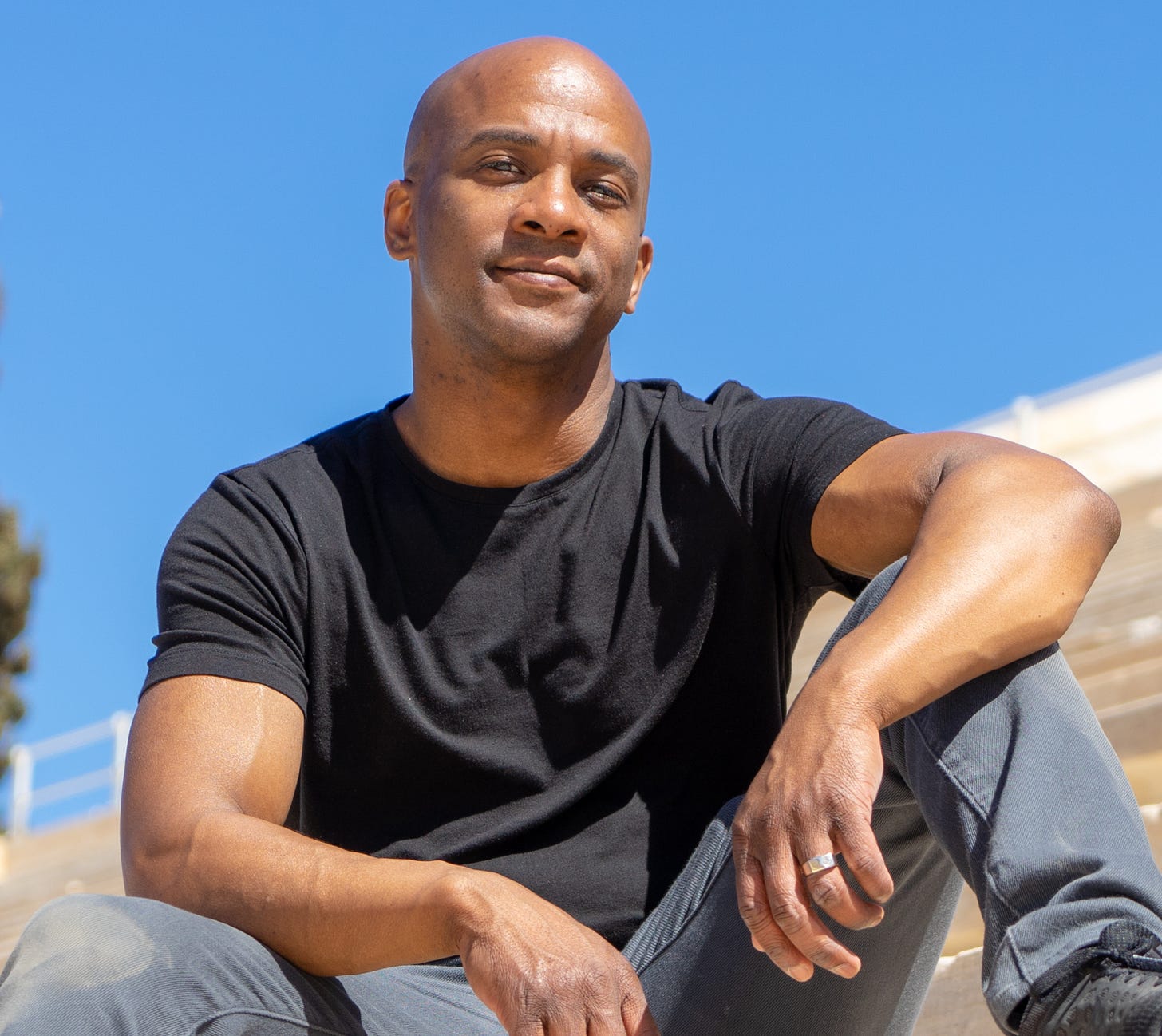A Black Father's Story: Why I Wrote 'The Course'
Days after the video of George Floyd began spreading, I decided to do something. A couple of factors made a familiar tragedy different this time:
One, we could see the police officer kneeling on the Black man’s neck for more than eight minutes. Because that entire sequence was recorded, people who normally ignored these incidents were horrified. The death of George Floyd had become a cultural landmark.
Two, it happened exactly a month before my oldest son’s 12th birthday. The kid was becoming more man-like by the day. His voice had dropped to be nearly as low as mine; he’d caught another growth spurt, surging past 5’5”. I hadn’t shied away from talking to him about race and bias and how authorities might treat him differently based on how he looks; I’d had “The Talk” that Black fathers have with our sons. But that felt inadequate now.
A Quest for Context
What I really wanted to give my oldest son Nathan and my youngest son Benjamin was context. Knowledge. History. A sense of what Blackness has meant beyond the victimhood and stereotypes that society would serve them. If they were going to march, I wanted them to know about civil rights protesters and what had motivated them. If they were going to pursue racial justice, I wanted them to know that previous generations of Black leaders didn’t always agree on the best way to get there. I wanted more than a talk. I wanted a course.
My first impulse was to write one — but then friends reminded me that someone else probably had done that already. So I searched through African-American Studies materials online.
I looked through plenty of curriculum outlines, but none hooked me. Most dealt with history and facts but didn’t explore culture much. They centered on slavery and the Civil Rights Movement; everything else was introduction and postmortem. They also tended to focus on European and American history and weave slavery into it, rather than focus on the Black experience and weave in other elements.
That approach seemed stale, at least for the purposes I had in mind. I began to think about another way, and recommitted to writing a course myself.
Three Cycles
As I turned ideas over in my mind, four of them kept bubbling back to the surface: double consciousness, forgotten history in Africa, American idealism, and uneven progress toward change. Could I work them into a structure and use them to explore the story of Black America in a new way? Could I do it in a way that was specifically tailored for this generation?
I eventually settled on three pillars of the course: Double Consciousness, How We Got Here, and False Restarts.
In the end, I wrote the course and taught it to 11 kids ages 9-13, including my two boys. I figured out early on that I’d set a high bar; the concepts I wanted to explore were a more natural fit for high school than elementary and middle. But I like a challenge. And for much of my adult life I’ve taught Sunday School to middle- and high-school kids, so I have some experience adjusting the material to help kids get it.
Learn more about the three cycles of The Black Experience in America, The Course and download a free copy at forttmedia.com.


